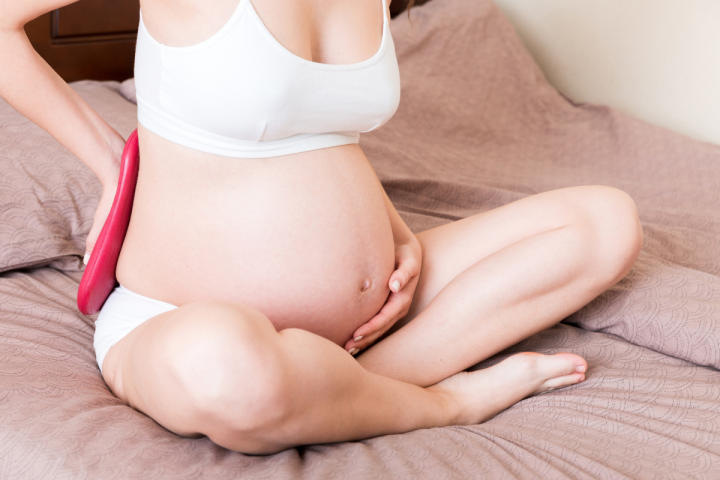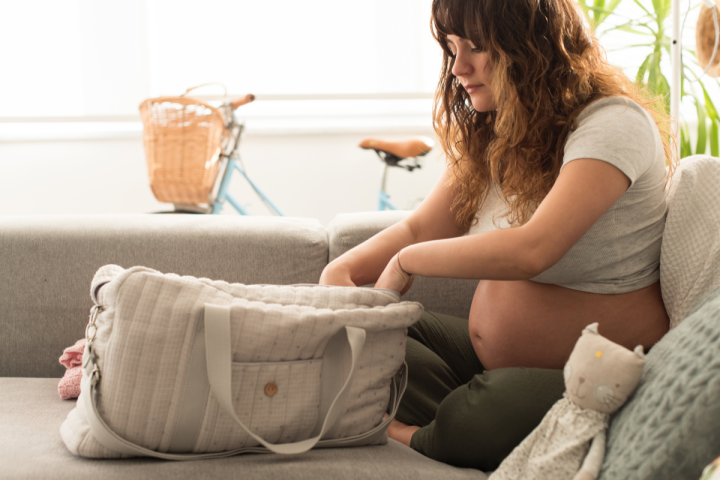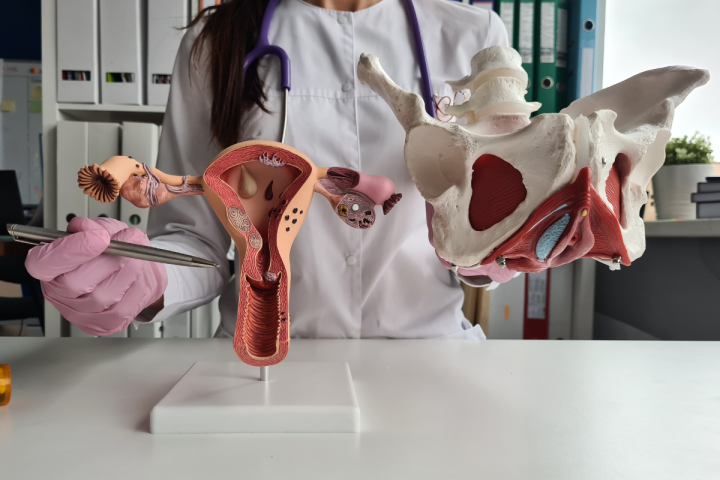A woman's body changes dramatically during pregnancy. During this beautiful but demanding time, every mother-to-be should include exercise and appropriate physiotherapy treatments in her routine. In particular, exercise during pregnancy is extremely important.
What problems do pregnant women face?
During this time, the most common complaints arise from the musculoskeletal system, which is why it is so important to physiotherapy. Pregnancy causes pain in the spine due to the constantly stretching uterus, and thus has the effect of deepening the lumbar lordosis. During pregnancy, the 3rd trimester is the most difficult for women, but mothers already give up exercise earlier as a result of increasing discomfort when moving. The emerging pain in the sacroiliac joints negatively affects walking, moving the legs and sometimes even sitting down. Muscle overload can lead to irritation of the sciatic nerve, resulting in weakness and numbness in the lower body. Furthermore, urinary incontinence is a common problem during pregnancy, as well as swelling in the arms and legs, especially around the ankles.

Exercising during pregnancy- how does it help?
Exercising during pregnancy with a physiotherapist relaxes the body, eliminates back pain and discomfort caused by numb limbs. For this purpose, it is advisable to contact a specialist. Classes with a physiotherapist, which are recommended for mothers-to-be, include exercises:
- pelvic floor muscles,
- respiratory,
- relaxing,
- correcting posture,
- to strengthen the muscles of specific body parts.
The exercises should include work on the muscular, circulatory and respiratory systems. There is also a range of physiotherapy treatments available for pregnant women, which can only be undertaken if you have obtained medical approval. The specialist, after reviewing the course of the pregnancy, is able to determine which set will be best. The most recommended treatments are:
- lymphatic drainage to help pregnant women eliminate swelling from their arms and legs,
- kinesitherapy, i.e. physical exercises to strengthen the circulatory system, improve respiratory capacity and relaxation,
- manual techniques, in practice meaning body massages that improve joint mobility and stabilisation of the whole body. The treatments have a positive effect on reducing the lumbar lordosis that occurs during pregnancy.
Physiotherapy in pregnancy and the proposed treatments are a great support for mothers-to-be. They improve the quality of everyday life, reduce pain, relax muscles and, as a result, maintain a correct figure and body weight.




